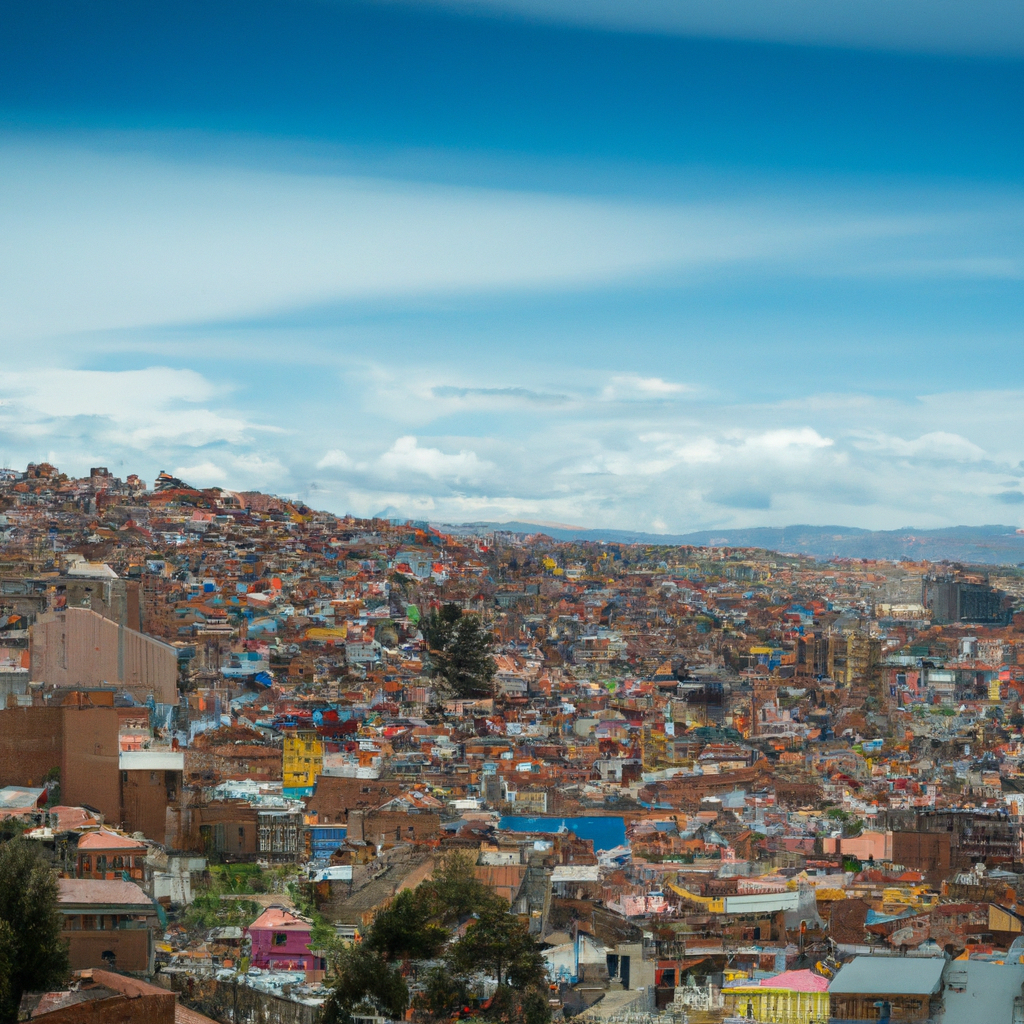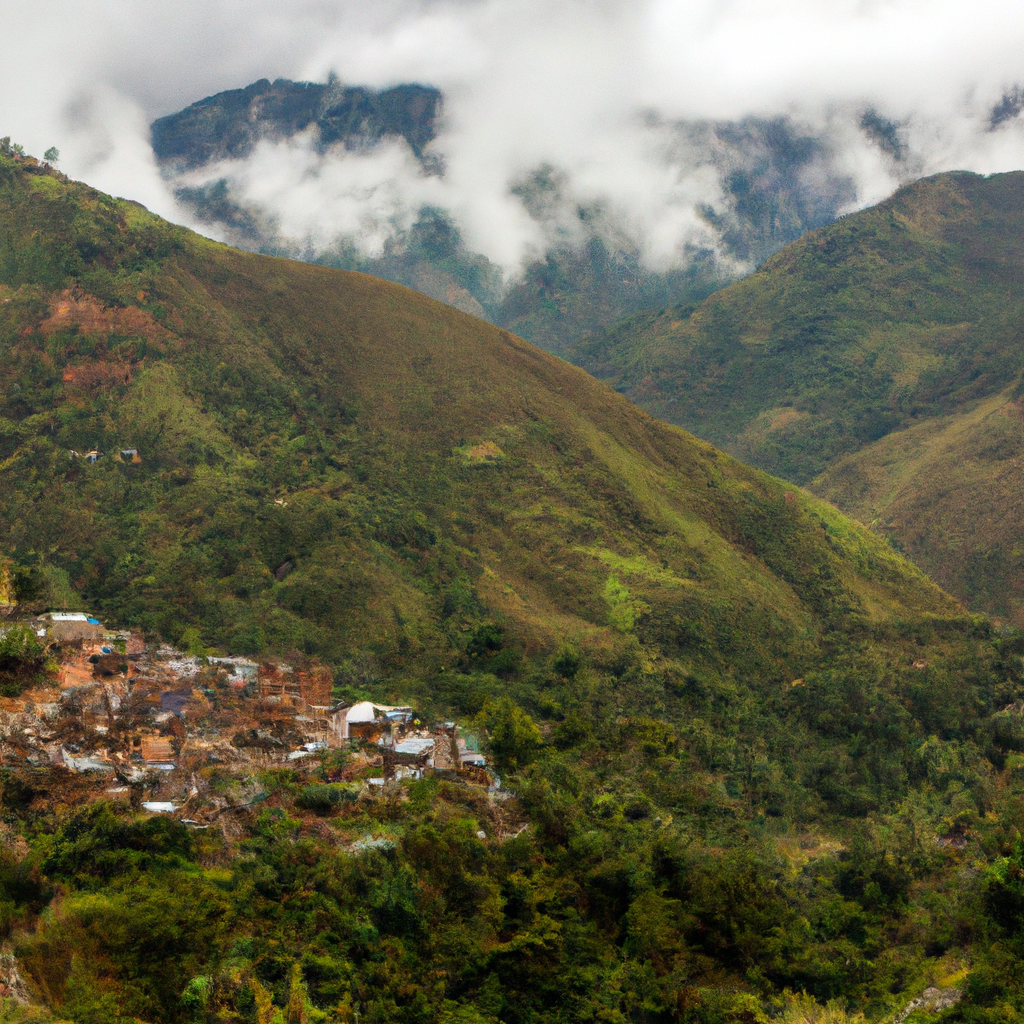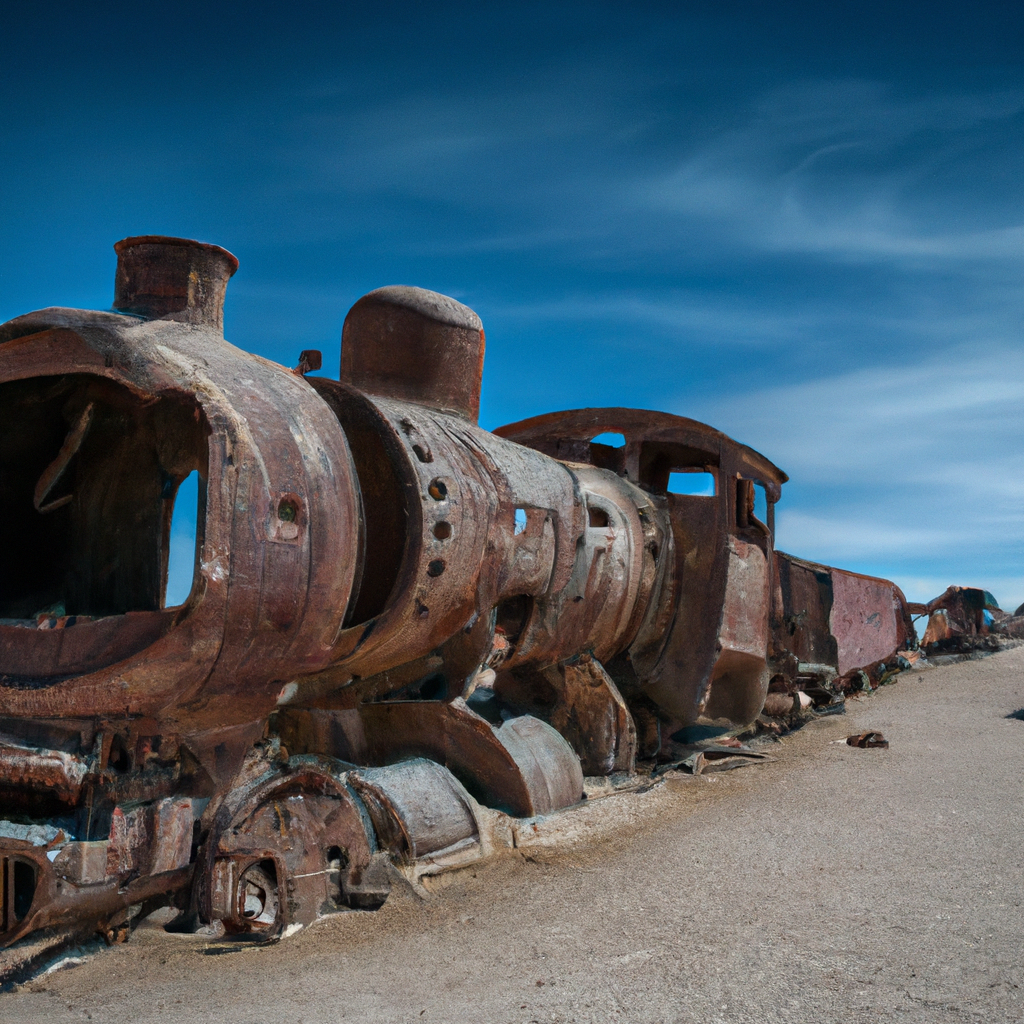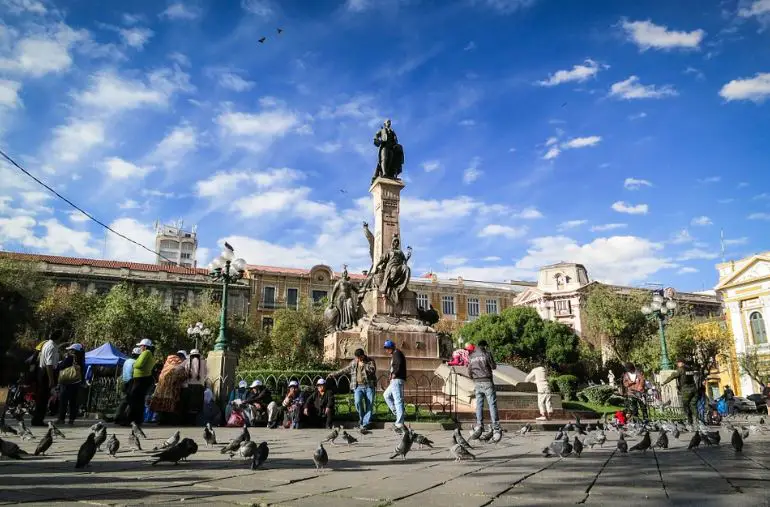Cerro Rico de Potosí In Bolivia: Overview,Prominent Features,History,Interesting facts
Overview:
Cerro Rico de Potosí, located in southeastern Bolivia, is an iconic symbol of riches and tragedy. For centuries, locals have mined the mountain for its tin and silver ore, generating tremendous wealth for Spain and Bolivia. The mountain has provided some of the richest deposits in Latin America, yet its harsh working conditions have been heartbreaking. Miners, earning only a meager existence, have lived, worked, and died by the mountain, sacrificing their lives in the pursuit of wealth. Some estimates suggest that over eight million people have died in the mines. Although the once-fabulous wealth of Cerro Rico de Potosí has dwindled in the face of modern industry, it remains a powerful reminder of the human cost of wealth. You can learn history, culture, and heritage through these magnificent monuments in Bolivia
Prominent Features:
• The Cerro Rico de Potosí is a mountain located in the Bolivian Potosí Department. • The mountain has an elevation of 4,824 meters (15,827 ft), making it one of the highest peaks in the country. • It is the most important city in the area, and it is said to have produced over 10 million tons of silver since the 16th century. • It's estimated that the Cerro Rico has been producing silver since the 1700s and has been the major source of wealth for Bolivia and its rulers in this period. • The ore reserves of this mountain are some of the largest in the world, with about 1 million tons of silver estimated to still remain in the mountain. • Cerro Rico is also known for the hundreds of miners working in the mines, often in dangerous and unhealthy conditions, and it is believed that over 6 million miners have died in the mines since 1545. • Cerro Rico is also a UNESCO World Heritage Site, acknowledging its worldwide importance as a key symbol of the country's rich and complex history. This national monument of Bolivia portrays the history and culture of the country.
History:
The Cerro Rico de Potosí is a mountain in Bolivia that has been mined for silver and other minerals since the 16th century. The mountain has been mined by several generations of miners, giving it great historical significance. The first silver mines on Cerro Rico were opened by the Spanish during the colonial period, and exploited the resources there for centuries. In the early 19th century the output of the mines reached its peak, with an estimated 60,000 tons of silver being extracted. The mining of Cerro Rico provided the Spanish Crown considerable wealth. In the 20th century, the Cerro Rico mines continued to be operated, although at a smaller scale. The mines were nationalized in 1967 and became the property of the state. Since the 1990s, the mining industry has been in decline, with the mountain now producing far less silver than in its heyday. Over the years, mining operations have become increasingly dangerous due to the lack of proper safety regulations. Moreover, the mountain is now contaminated by heavy metals and toxins, and carries a significant ecological risk. Despite this, mining continues on Cerro Rico and it remains a significant economic and cultural landmark in Bolivia. The mountain continues to draw miners from all over the country, with the miners relying heavily on traditional and superstitious methods in their work. Cerro Rico is an important symbol for the Bolivian population and has been declared a national heritage site. You must visit one of these historical places in Bolivia on your Bolivia tour
Interesting facts:
1. Cerro Rico de Potosí, also referred to as the Mountain that Eats Men, is one of the largest and richest silver deposits in the world. It is located near the city of Potosí in the Bolivian Andes. 2. The silver discovered at Cerro Rico is estimated to have made Spain the world's leading monarch in the 16th century. 3. The mountain has been mined since the 1540s, and is still mined today by over 15,000 miners. The miners work under dangerous and unhealthy conditions which often lead to serious health problems for the miners. 4. The miners often compare Cerro Rico to the Devil due to its harmful conditions and relentless danger, attributing the numerous mining accidents to the Devil. 5. The mountain has 27 road entrances as well as 2 main entrances, allowing miners to enter and collect ore. 6. One of the main environmental impacts of Cerro Rico is the contamination of the air with lead, arsenic and other pollutants. 7. Cerro Rico is now a UNESCO world heritage site to preserve its history. 8. The summit of Cerro Rico is 4,824 meters above sea level. Visit one of the famous monuments of Bolivia with your friends and family.
Explore Bolivia most popular tourist destination with us. Cerro Rico de Potosí In Bolivia: Overview,Prominent Features,History,Interesting facts,which is 35.14 km away from Bolivia main town, is the most popular destination to add in your travel wishlist.
-
City:
Bolivia
-
state:
Potosí
-
country:
Bolivia
-
country code:
BO
-
postcode:
50000
Location:
Potosí Bolivia














